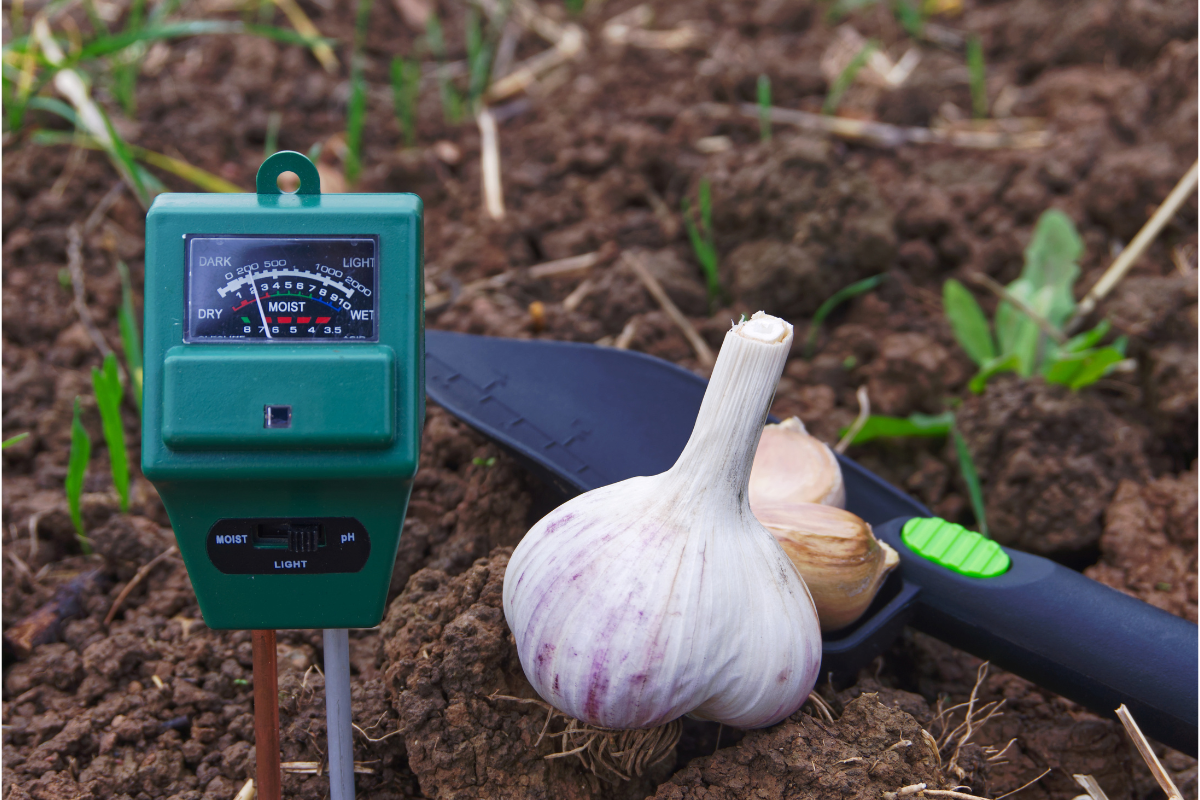

More in Gardening
-


Baby Sitting
9 Best Service-Based Businesses to Start in Melbourne: Your Path to Profitable Ventures with Minimum Investment
Melbourne, known for its vibrant culture and thriving economy, is a hotspot for budding entrepreneurs. If...
-


Gardening
The Essential Guide to Lawn Mowing in Melbourne: Tips, Timing, and Choosing the Right Service
Melbourne, with its distinct seasons and unpredictable weather patterns, presents unique challenges and opportunities for lawn...
-


Gardening
Top 10 Repellent Plants for Naturally Warding Off Snakes and Pests in Your Garden
As the summer sun begins to intensify, it ushers in a season of abundance in our...
-


Gardening
Ever Wondered How to Become a Gardener in Australia? Unveiling the Path to Growing Green Thumbs and Exploring Technological Avenues
Becoming a gardener in Australia involves a fulfilling journey that encompasses various steps to develop the...
-


Gardening
How Much Do Gardeners Charge Per Hour in Melbourne? Unveiling Pricing Variations and Landscaping Expertise
Curious about the hourly rates of gardeners in Melbourne? It’s no wonder – the city’s charm...
-


Gardening
Lawn Mowing Dos and Don’ts: Common Mistakes to Avoid
Maintaining a beautiful and healthy lawn requires proper lawn mowing techniques. Unfortunately, many homeowners unintentionally make...
-


Gardening
Unlocking the Secrets of Hand-Pollination: A Comprehensive Guide to Artificial Pollination in Your Garden
Pollination is a crucial process that helps plants reproduce and bear fruits. While nature usually takes...
-


Gardening
Mastering Soil Preparation: Essential Steps for Successful Planting in Australia
Preparing your soil for planting in Australia is a vital step in ensuring flourishing and productive...









